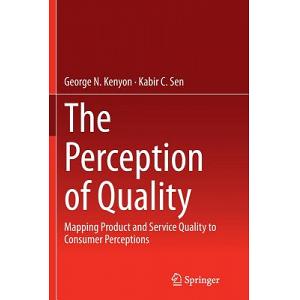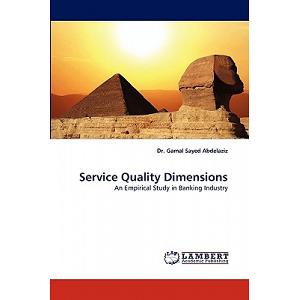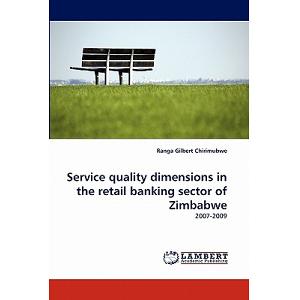- Technical quality, and
- Functional quality
Many researchers argue that functional service quality may be seen by the customer as the most important factor in a service transaction due to their frequent inability to judge technical quality of service (Asuboteng et al., 1996). Because it may be difficult for consumer to assess technical quality, they tend to rely on the “how” of service delivery, and attributes such as empathy, reliability, responsiveness associated with the service encounter become critical (Babakus and Mangol, 1992; Parasuraman et al., 1985, 1988).
(Juran, 1979), has shown that the measurement of service quality in a service organization has two dimensions:
- Internal, and
- External dimensions
According to his research, internal measurement is to measure the internal process; on the other hand the external measurement is to measure the quality of the products or services based on customer satisfaction.
Parasuraman et al (1988), proposed five dimensions usually used by customer to assess service quality:
- Tangibles - Appearance of physical facilities, equipment, personnel, and communication materials.
- Reliability - Ability to perform the promised service dependably and accurately.
- Responsiveness - Willingness to help customers and provide prompt service.
- Assurance - Knowledge and courtesy of employees and their ability to convey trust and confidence.
- Empathy - The firm provides care and individualized attention to its customers.
Ghobadian et al (1994), has modified the definitions of service quality dimensions that used in the higher education:
| Dimensions | Definitions |
| Reliability | The ability to provide the pledged service on time. |
| Responsiveness | The ability to deal effectively with complaints and continuous improvement through effective management of services. |
| Customisation | Refers to how well the institution can meets the customer satisfaction. |
| Credibility | The extent to which the service is believed and trusted. |
| Competence | Posses the necessary skills, knowledge and information to perform the service effectively through the staff. |
| Access | Refers to the ease of approachability and contact to achieve the target and objectives of the institution. |
| Courtesy | Concern on the attitude of the staff including politeness, respect, consideration and friendliness shown to the customers by the contact personnel. |
| Security | The capabilities of the institution to avoid the danger, risk and doubt. |
| Communication | The approach that used by the institution to interact with their customer. |
| Tangibles | Refers to the facilities that provided by the institution in serving good conditions to their customers. |
| Understanding customers | How well the institution can meet the customer’s satisfaction include providing individualized attention. |
The most prominent model of service quality and widely used by researcher is the SERVQUAL model by Parasuraman et al (1988).
The SERVQUAL instrument has been widely used in many service industries, including hotels, dentistry, travel, higher education, real estate, accountancy, architecture, hospitals and construction services (Foster & Thomas, 2001; Nelson and Nelson, 1995). The advantages of SERVQUAL include the following (Buttle, 1994):
- It is accepted as a standard for assessing different dimensions of service quality.
- It has been shown to be valid for a number of service situations.
- It has been demonstrated to be reliable, meaning that different readers interpret the questions similarly.
- The instrument is parsimonious in that it has limited number items. This means that customers and employees can fill it out quickly.
- It has a standardized analysis procedure to aid interpretation and results.
References:
Parasuraman, A., Zeithaml, V., Berry, L.L. (1988), "SERVQUAL: a multiple-item scale for measuring consumer perceptions of quality", Journal of Retailing, 64 (1), 12-40.
Asuboteng, P., McCleary, K.J and Swan, J.E. (1996), “SERVQUAL Revisited; A Critical Review of Service Quality”, the Journal of Service Marketing, 10 (6), 62 – 81.
Ghobadian, A., Speller, A. and Jones, M. (1994), “Service Quality: Concepts and Models”, International Journal of Quality & Reliability Management, 11(9), 43 – 66.



No comments:
Post a Comment